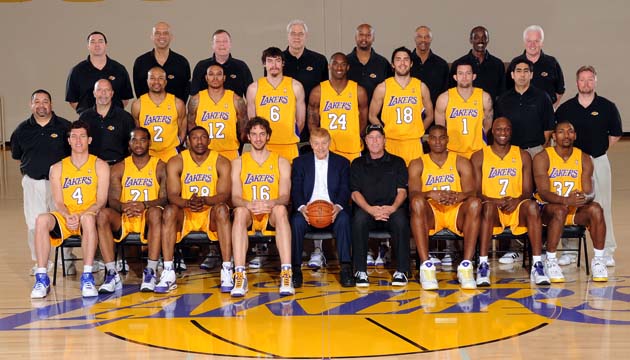
I saw a quote recently that said “honesty without compassion = brutality” and another one that said “compassion without honesty = enabling”. These two statements got me thinking about our journey as leaders.
Honesty and Compassion.
We have a responsibility to those we lead to provide both.
Without compassion, an honesty-only style of leadership will create an environment where we are surrounded only by order takers. This style of leadership kills creativity and initiative, everyone becomes gun-shy, and no one feels comfortable making decisions because of the “honesty” that may come their way.
Without honesty, we create an environment of “rainbow puking unicorns” (thank you Clay Scroggins for that one). Not every idea is a good one and not every action is good for the organization. Being too worried about feelings to be honest and hold people accountable leads to an enabling environment. No progress happens because the leader can’t keep everyone moving toward the same mission/vision.
Again, we have a responsibility to those we lead to provide both.
And that thinking brings me back to what leadership is all about. There are 2.7 billion (yes, billion) results when you search Google for “leadership”. There is 1 Google result on leadership for every 3 people on our planet. It’s weird to think about it that way, huh?
But I tend to gravitate toward the idea that leadership is not a position, it’s a responsibility.
For me, that shifts the focus away from me and onto those I lead. Away from me having some big cool title, and onto how I can help others. It also reminds me that I am partly responsible for their success.
So back to honesty and compassion.
How do we provide both?
First, let’s start with our people. If we have good people…
-they want to be held accountable
-they want to be told the truth
-they want to be empowered
-they want to show us they are worthy of our trust
So, we have to make sure we are developing the kind of people who buy into the values we hold as leaders. Your core values are your filter for this. Shape your team around the values you stand for.
Now that you have the kind of people you want on your team…
- Paint a clear picture of where the organization is headed and show your emerging leaders how they fit into that picture. Hint: use their strengths as a guide.
- Set boundaries that keep them from sinking the ship but that also give them the freedom to flex what only they bring to the table. (I can help on this one if needed)
- Be honest with them when/where they fall short, using their defined boundaries and your mission/core values as the guard rails (always correct in private, there are few things more deflating than being publicly embarrassed)
- Praise the results you desire, every time someone on your team hits them (always praise publicly, there are few things more rewarding than public praise in front of peers)
- Do everything you can between #s 1 and 4 to support them and ensure their success (performance reviews, coaching/mentoring sessions, invest in their training and development, do fun stuff when goals are met, etc.)
- Repaint the picture daily/weekly/monthly so everyone has a constant reminder of the destination
- Let your people know how much you appreciate them. They give up their days and nights to work hard for you. You cannot take that for granted.
In my 20+ years of leadership, I have tried to focus on these steps above. I’ve enjoyed success in leadership throughout my career. But even more rewarding for me is seeing the successes of those who have sought out my guidance/mentoring and gone on to do great things. I cannot possibly fill the cup of everyone I lead, but I can always empty all of my cup into theirs.
Responsibility.
Own it.
Here’s to your legacy as a leader.
I’ll leave you with this quote from Max Dupree…
“The first responsibility of leadership is to define reality. The last is to say thank you. In between, the leader is a servant.”



